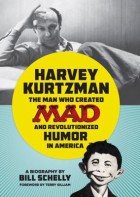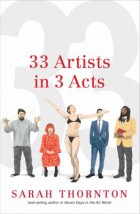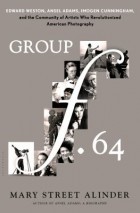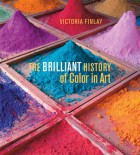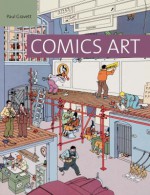
The Lonely City: Adventures in the Art of Being Alone by Olivia Laing
N 71 .L24 2016
“What does it mean to be lonely? How do we live, if we’re not intimately engaged with another human being? How do we connect with other people? Does technology draw us closer together or trap us behind screens?
When Olivia Laing moved to New York City in her mid-thirties, she found herself inhabiting loneliness on a daily basis. Increasingly fascinated by this most shameful of experiences, she began to explore the lonely city by way of art. Moving fluidly between works and lives – from Edward Hopper’s Nighthawks to Andy Warhol’s Time Capsules, from Henry Darger’s hoarding to David Wojnarowicz’s AIDS activism – Laing conducts an electric, dazzling investigation into what it means to be alone, illuminating not only the causes of loneliness but also how it might be resisted and redeemed.
Humane, provocative, and deeply moving, The Lonely City is about the spaces between people and the things that draw them together, about sexuality, mortality, and the magical possibilities of art. It’s a celebration of a strange and lovely state, adrift from the larger continent of human experience, but intrinsic to the very act of being alive.”
– publisher description



